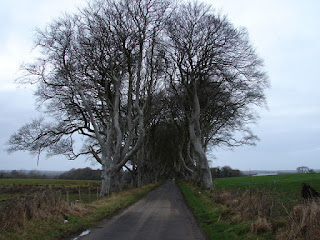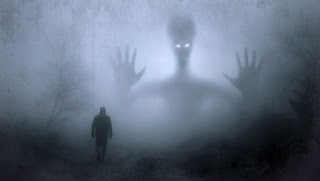Reading Notes: Khasi, Week 6 Part B
I found the stories in Part B to be quite a bit darker in theme than Part A. I did enjoy the cleverness of some of the animals (finally the tiger gets to outsmart someone!), but overall I didn't enjoy the stories of Part B as much. While Part A was relatable and easily transferable to modern day, this section seemed more like harsh creation stories and cautionary tales. Specifically the Leap of Ka Likai and What Caused the Shadows on the Moon with aspects of cannibalism and incest seemed to shock the conscious a little more than I am appreciate. Even though I did like the clear imagery of evil letting the darkness in that was so evident in What Caused the Shadows on the Moon. Overall, I still plan to model my story after one of the happier stories from Part A.









